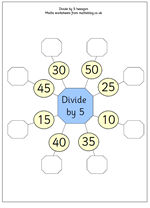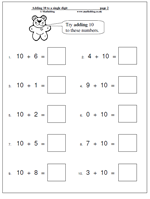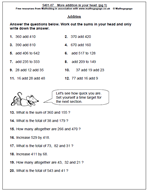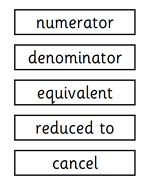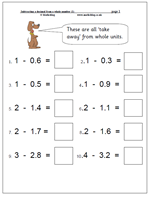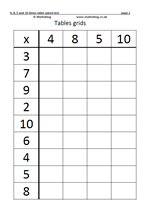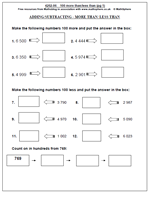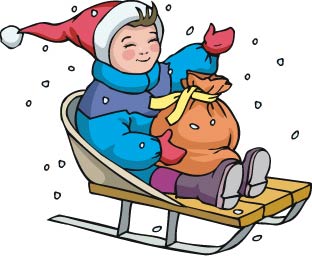For some years now schools have been pushing Numeracy and Literacy above all other subjects, especially in Year 6 when SATs are taken. Unfortunately this does not appear to have resulted in the expected improvement in these areas. Now a new study, The Cambridge Primary Review, suggests that too much emphasis on these ‘basics’ is resulting in an impoverished education for our children.
We need to get back to the fundamental question of what the purpose of primary education is and striking the right balance between basic skills of reading, writing and maths and all the other fascinating areas of learning. Continue reading “Primary Education too narrow?”
